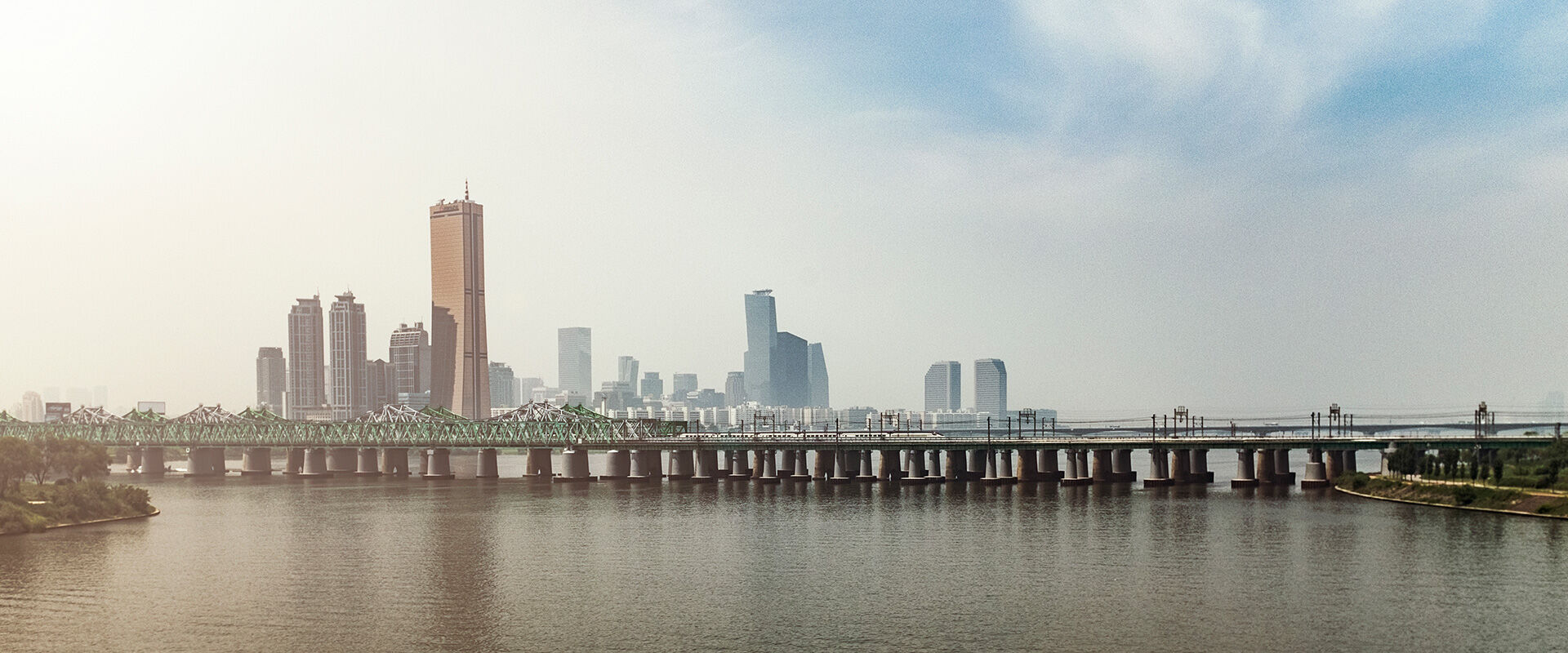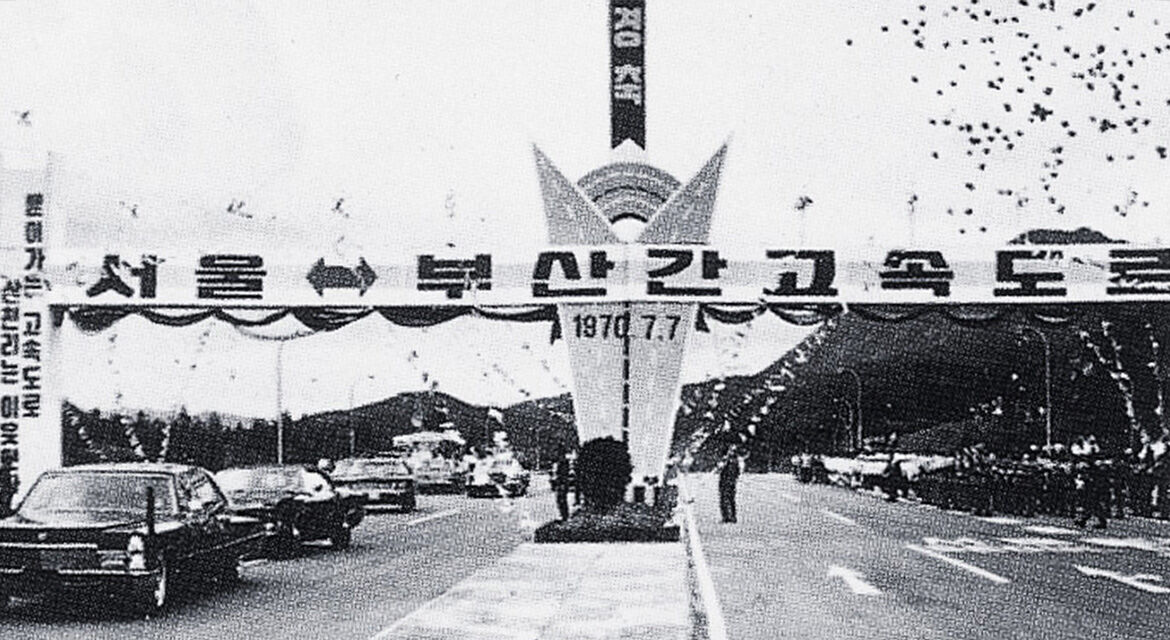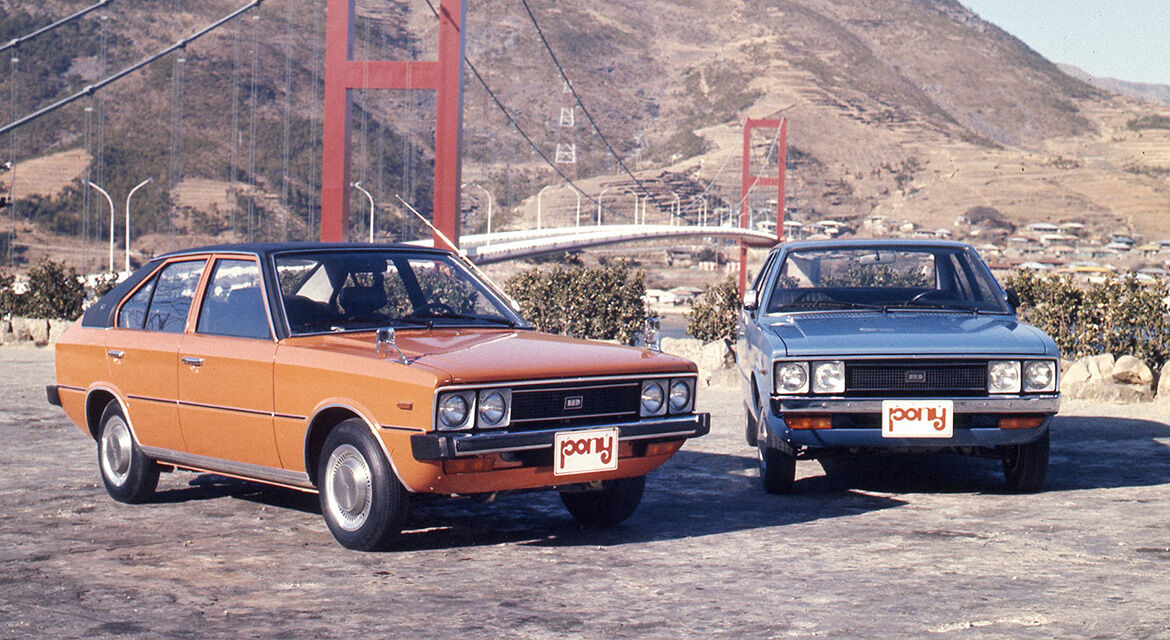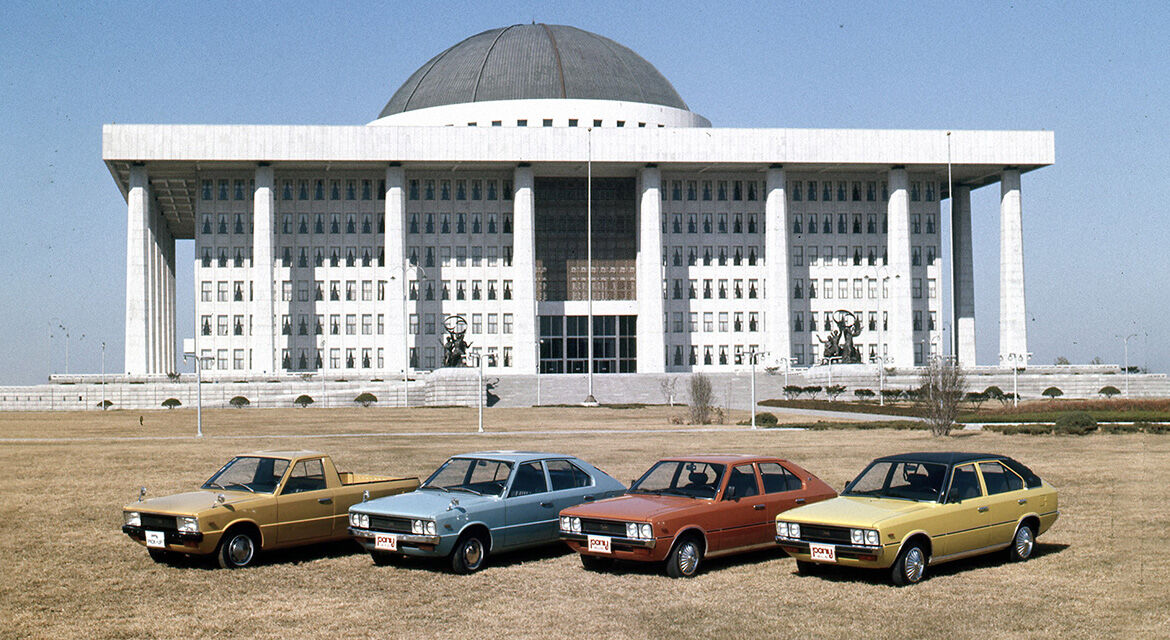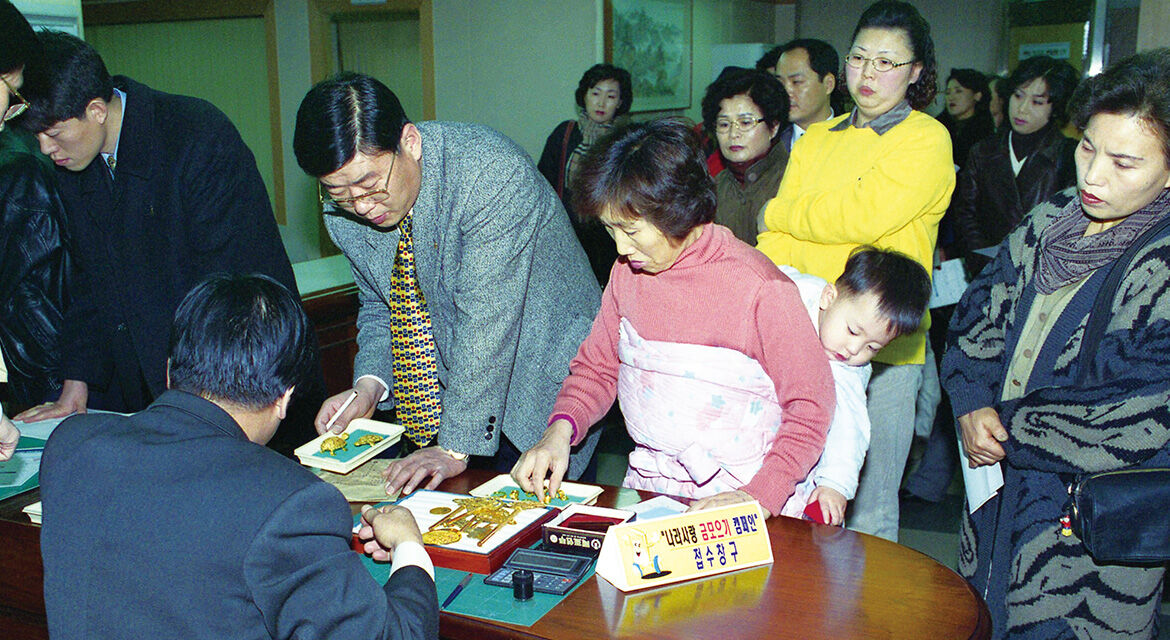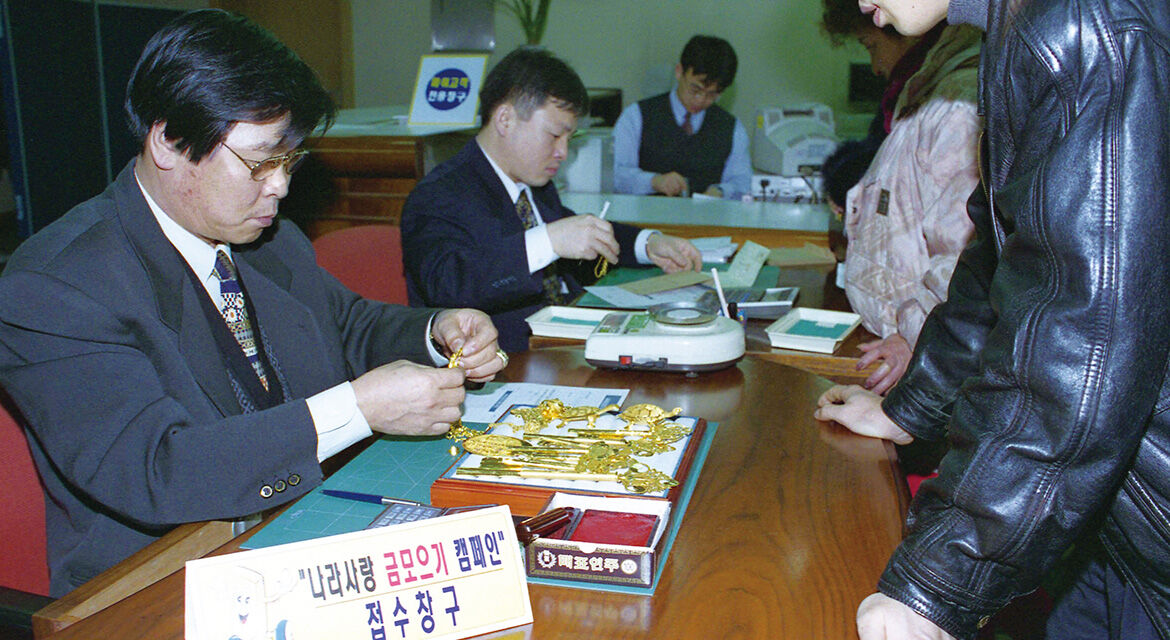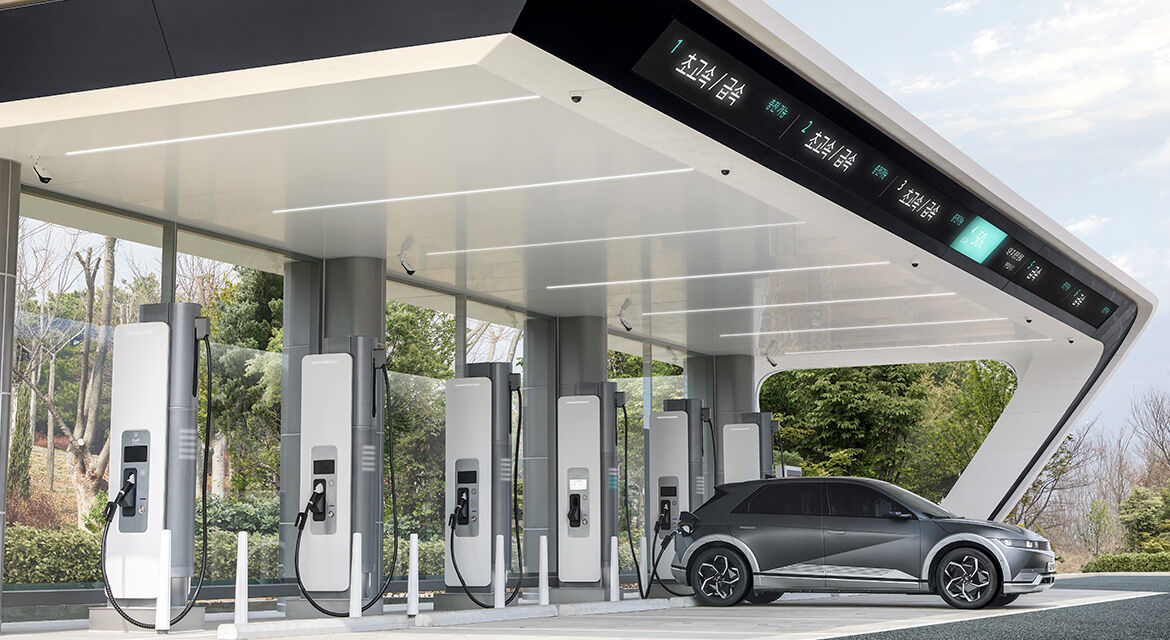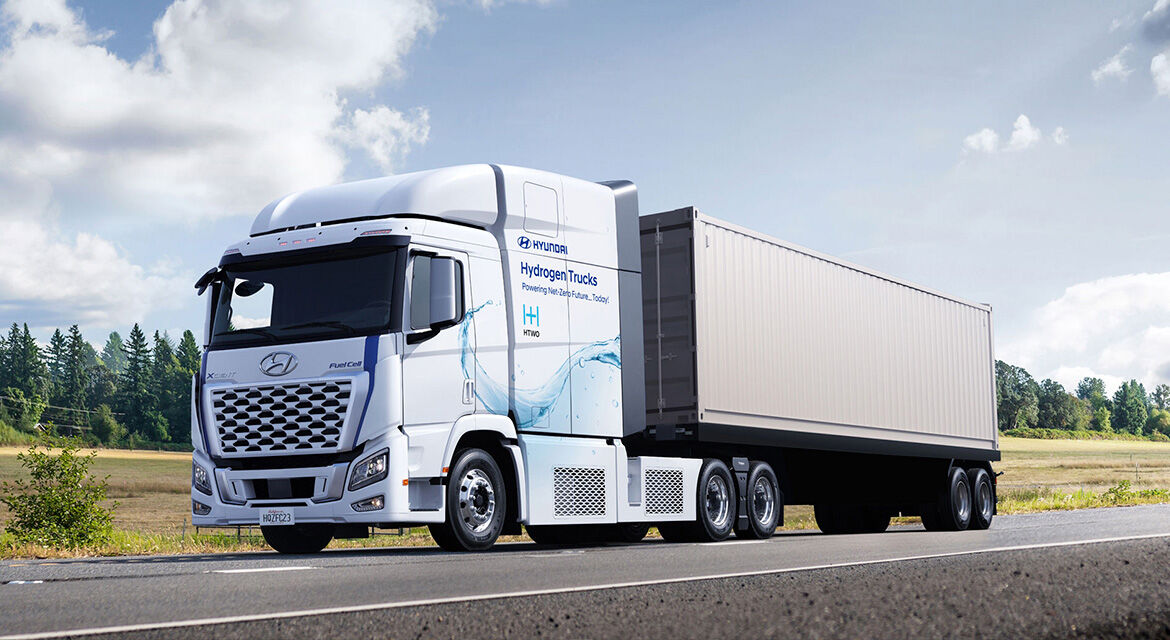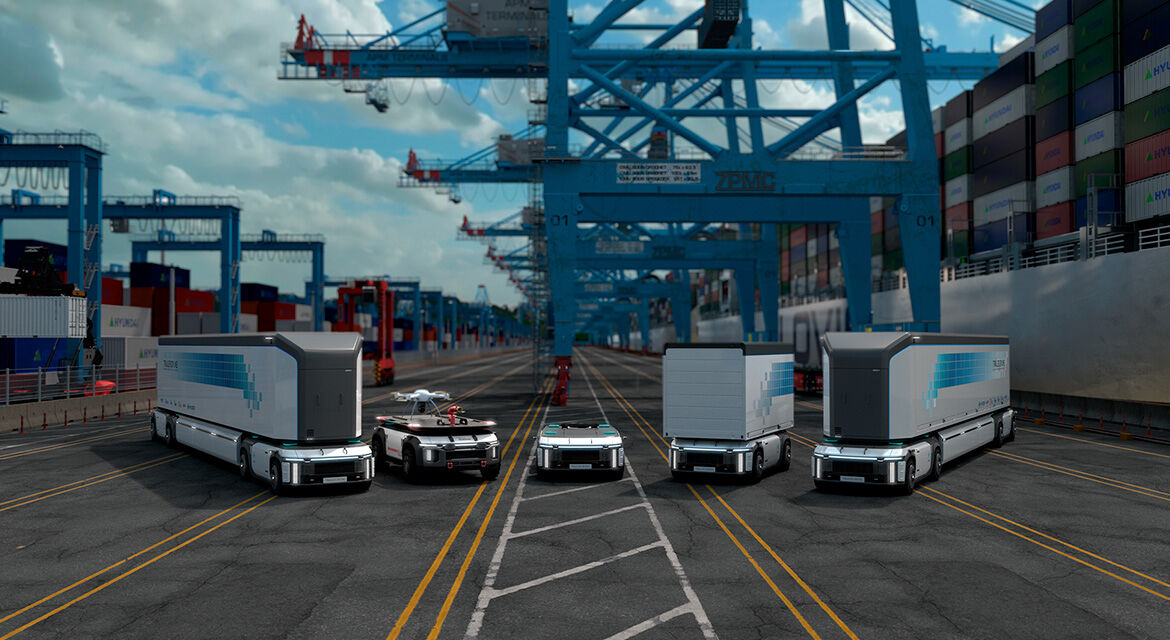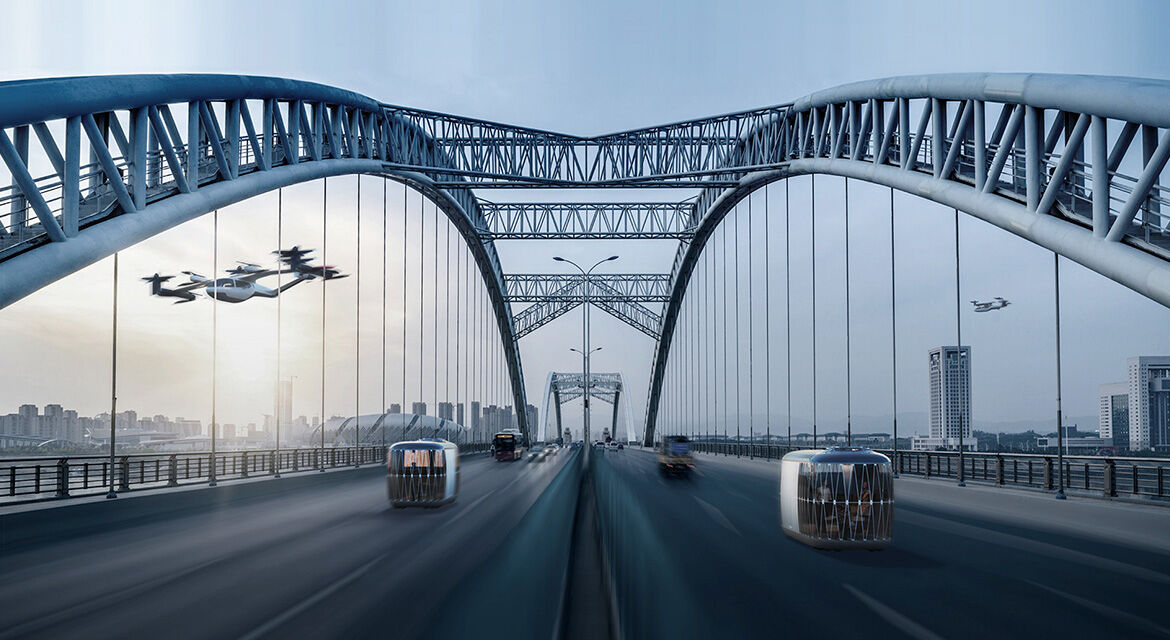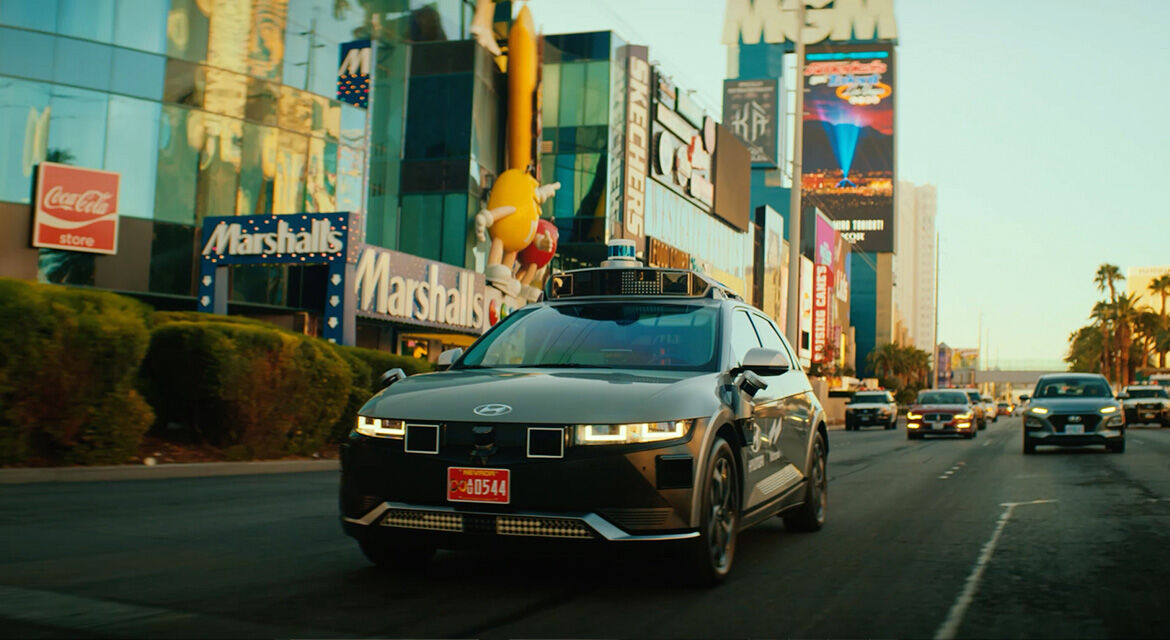Hyundai Worldwide Global Navigation
Editorials Driven to Distinction: The Modern Miracle of South Korea
Please use Safari to download the files.
Welcome to the intersection of South Korea’s past, present and future where this bustling nation’s storied heritage, driving ambition and promising future converge.
To understand present day South Korea, first look back to the 1960s when the young nation pulsed with an industrial beat. Amidst the hum of factories, an industrious spirit thrived, propelling the country with unrelenting ‘Korean speed’ from the ashes of war to the cusp of economic glory.
South Korea’s journey from the 1960s to today is a saga of economic resurrection, cultural renaissance and the indomitable spirit of its people. At the heart of its transformation lies a tale of visionary leadership, steadfast determination and a hero who founded a company with a name that literally means ‘modern’ — Hyundai Motor Company.
In 1967, South Korea’s government unveiled the Second Economic Development Plan, a comprehensive blueprint aimed at propelling the nation towards industrialization. At the heart of this vision was the construction of a modern transportation network, most notably the Gyeongbu Expressway, Korea’s Route 1 project — a highway spanning from the bustling port city of Busan in the south to the vibrant capital of Seoul in the north.
Hyundai’s Founding Chairman, Ju-yung Chung, played a pivotal role in Route 1’s development. He aptly compared the country’s land to the circulatory system of a human body, with roads as its blood vessels and cars as the life-sustaining blood flowing through them. Often referred to as ‘the aorta of the nation,’ Route 1 would facilitate the seamless movement of goods, services and people, igniting a chain reaction of economic growth and prosperity that came to be known as the ‘Miracle on the Han River.’ Chung’s leadership on the project ensured that this vital artery became a reality, connecting the nation’s economic centers and fostering the spirit of progress.
While the highways were the arteries of South Korea’s economic revival, cars themselves were the lifeblood coursing through those arteries. Recognizing the need for a domestic automotive industry, Chung set his sights on creating South Korea’s first independently developed car, the Hyundai Pony , which debuted in 1975. This marked another pivotal moment in the nation’s history, as it signaled South Korea’s entry into the competitive global automotive market. The Pony not only provided affordable mobility to the indigenous population but also set the stage for Korea’s rise as an international automotive powerhouse.
In South Korea’s modern history, few events have demonstrated transformation as vividly as the 1988 Summer Olympics. Under the global spotlight, the nation took center stage as it played host to the world’s premier sporting spectacle in Seoul. The meticulous preparation and infrastructure development that preceded the games showcased the nation’s ability to orchestrate a global event and the igniting of the Olympic flame had a profound impact on the country’s collective confidence.
The Olympics kindled a sense of national pride as South Korea came in fourth among 52 nations in total medals, taking gold in several sports, such as judo, boxing, table tennis and archery. This achievement instilled newfound confidence in the Korean people, highlighting their resilience and sporting prowess.
The successful execution of the games not only showcased South Korea’s modernization and efficiency but also signaled its readiness to embrace a future defined by progress and global integration. The 1988 Summer Olympics in Seoul1) marked a pivotal juncture where the nation, standing on the cusp of a new era, projected its capabilities to the world, solidifying its position as a dynamic force in the international landscape.
In modern South Korean history, the indomitable ‘Korean spirit’ emerges as a testament to the nation’s resilience, unity and unwavering sense of sacrifice. This intangible force, deeply rooted in the Korean ethos, has time and again proven to be a guiding light through the darkest of times.
One remarkable instance that illuminates this spirit was the Asian Financial Crisis of 1997 . Faced with the direst economic challenge in decades, ordinary Koreans banded together with an unyielding resolve, enduring widespread job losses and economic turmoil. Families tightened their belts, businesses reinvented themselves and communities rallied to weather the storm.
During this period of adversity, the nation came together through the Gold Collection Campaign2). In a display of solidarity, citizens from all walks of life voluntarily donated their precious gold jewelry to aid the country’s economic recovery efforts. This shining example of selflessness underscored the depths of the ‘Korean spirit,’ revealing a sense of shared responsibility that transcended personal hardships for the greater good.
Fast-forward to the present day, and South Korea’s journey continues to evolve, laying the groundwork for the future. With a legacy rooted in connectivity and mobility, the country has embarked on a new mission: to usher in an eco-friendly era of transportation. The nation’s recent efforts to establish electrification, hydrogen energy and air mobility infrastructure mark a continuation of its commitment to shaping a sustainable future.
Electrification has become a cornerstone of modern mobility strategy. From hybrid to all-electric vehicles, South Korea’s innovative approach to eco-friendly transportation reflects a dedication to reducing environmental impact while ensuring that economic growth remains unwavering. The push towards hydrogen fuel-cell technology further exemplifies South Korea’s commitment to sustainable progress. By investing in and advocating for clean energy, the country is setting the stage for a future where mobility and environmental responsibility coexist harmoniously.
South Korea’s foray into advanced air mobility underscores the country’s penchant for embracing cutting-edge technology to redefine transportation. As the boundaries of mobility expand beyond traditional roads, South Korea’s vision extends to the skies, where air taxis and urban air mobility could reshape the way people navigate their lives.
While Route 1 and the Hyundai Pony were the building blocks of the Miracle on the Han River, South Korea’s current commitment to electrification, hydrogen and air mobility stands poised to script yet another chapter in the nation’s journey from recovery to prosperity. The roads, the cars, the innovation — they continue to flow, just as the blood flows through the veins, driving South Korea’s destiny ever forward.
Editor. Philippe Jourdain
pjourdain@hyundai.com
Global PR Team · Hyundai Motor Company
